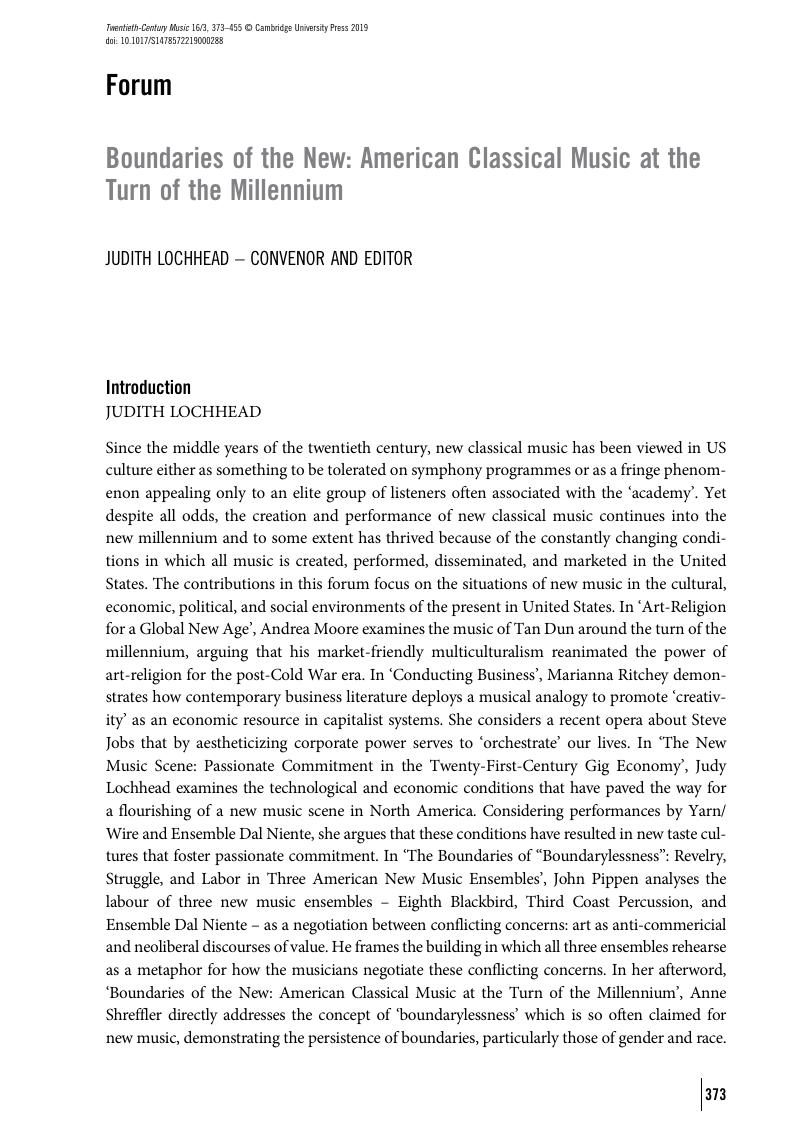Crossref Citations
This article has been cited by the following publications. This list is generated based on data provided by Crossref.
Wang, Yu
and
Ding, Bai Yuan
2021.
Music Composition and Emotion Recognition Using Big Data Technology and Neural Network Algorithm.
Computational Intelligence and Neuroscience,
Vol. 2021,
Issue. 1,
Li, Pingping
and
Wang, Bin
2023.
Automatic Computer Composition for Piano Music via Deep Learning and Blockchain Technology.
IEEE Access,
Vol. 11,
Issue. ,
p.
134495.
Pippen, John R.
2024.
Putting Class Back into Classical Music Studies.
Music & Politics,
Vol. 18,
Issue. 0,
Valiquet, Patrick
2024.
New Music and Institutional Critique.
p.
85.
Carithers, Kirsten
2025.
Interpretive Labor.



